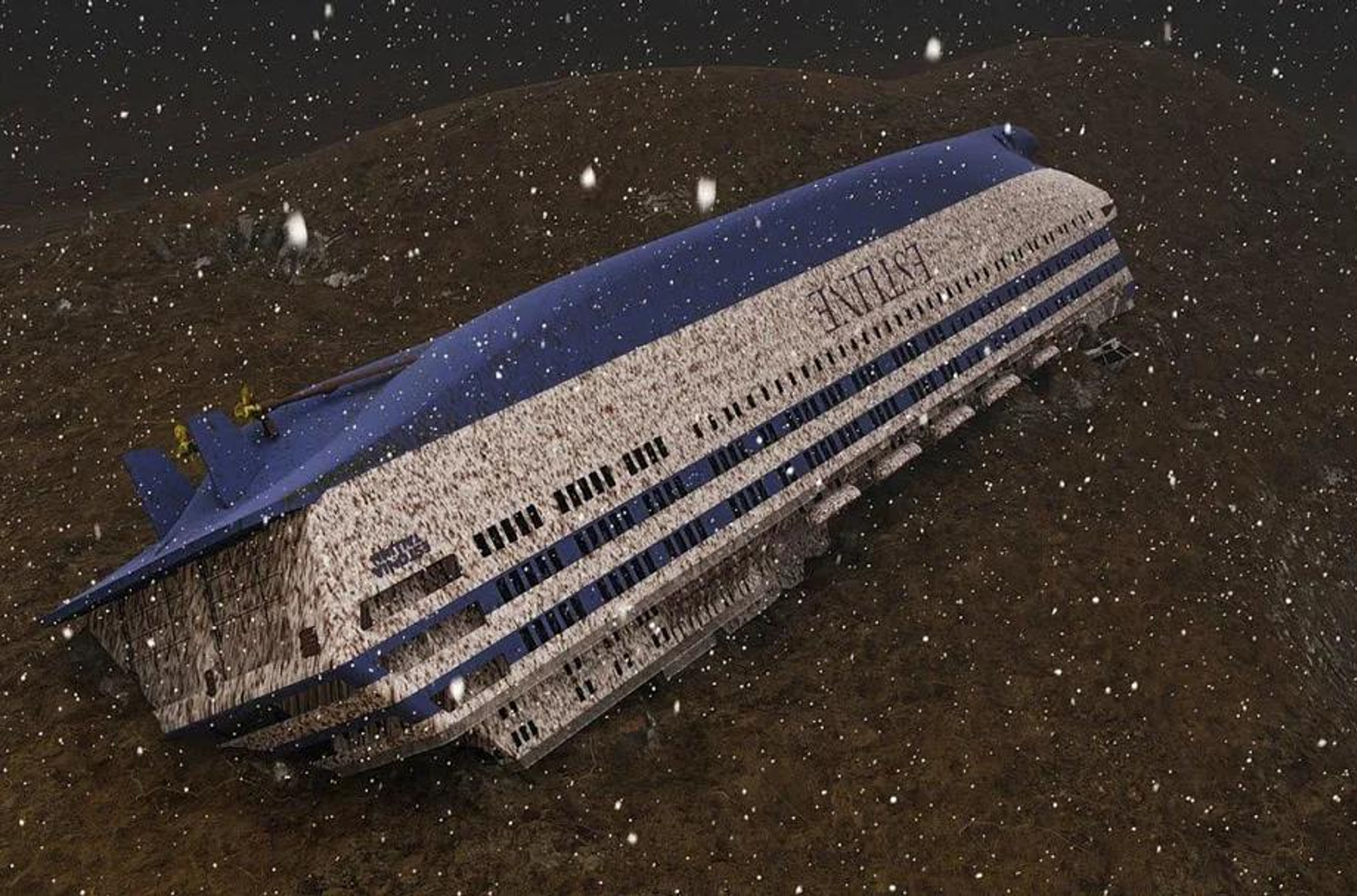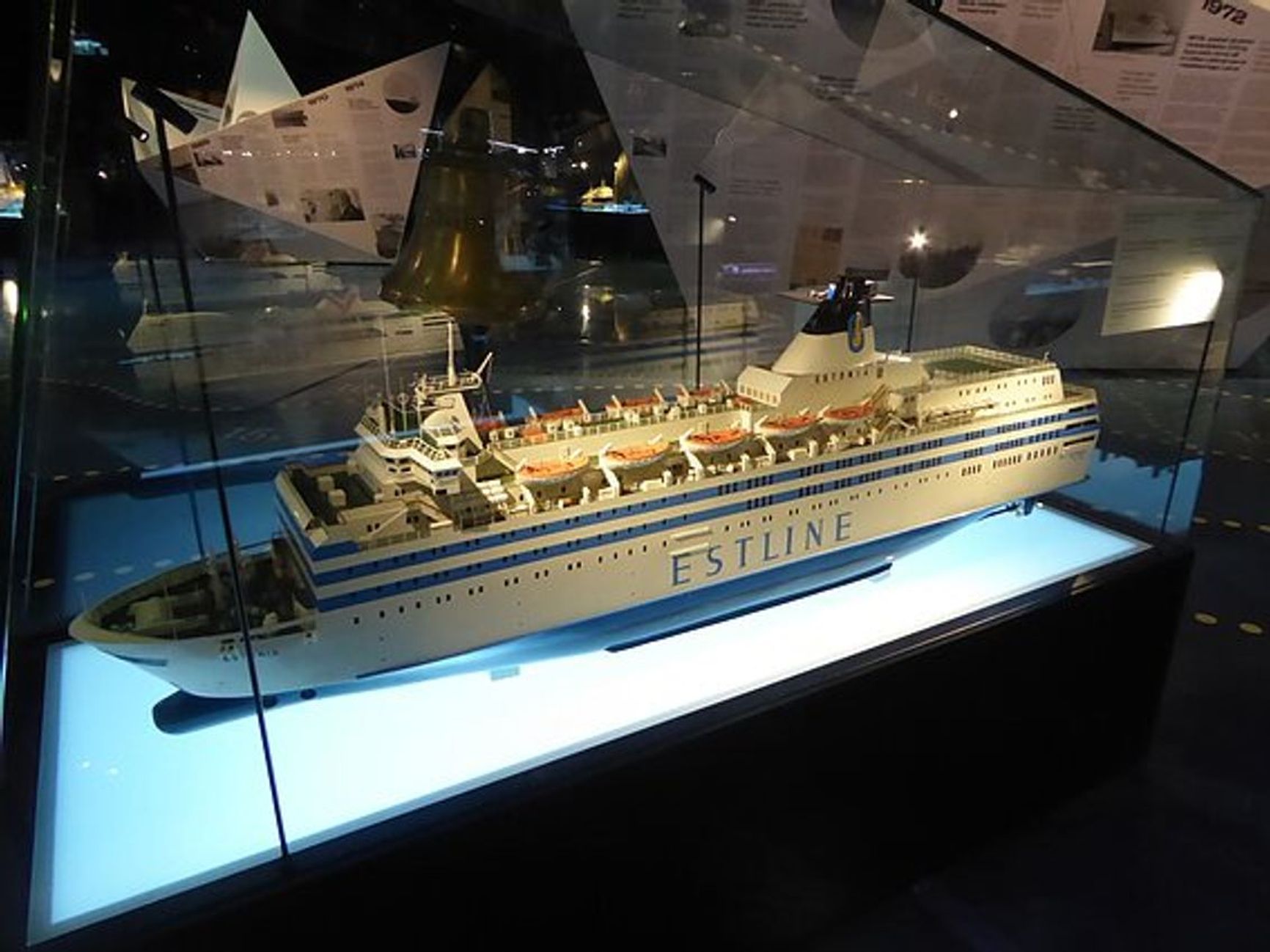
The sunken Estonia: A graphic reconstruction
NATO suspects that Russia is using the wreckage of a sunken ferry — the Estonia, which went to the bottom of the Baltic Sea in 1994 — for espionage purposes. According to officials, the debris is being used as a training site for underwater operations and as a cover for surveillance equipment. Military sensors may have been installed to record the acoustic signatures of NATO ships and submarines, such as engine noises and other technical characteristics, according to a joint investigation by German journalistic outlets WDR, NDR, and Süddeutsche Zeitung.
The journalists write that several NATO member states received information suggesting that devices may have been installed near the wreck site to enable precise navigation for underwater robots and vehicles. Most likely, these refer to underwater navigation beacons and sensors that can be used to guide submersibles, drones, and research systems at depths where GPS does not function.

Model of the Estonia ferry at the Estonian Maritime Museum
Wikipedia
The passenger ferry Estonia sank in the Baltic Sea in under one hour in the early morning of Sept. 28, 1994. During a severe storm, meter-high waves tore off the bow door. A total of 852 people died — only 137 survived. It was the deadliest maritime disaster in Europe since World War II.
Since then, the wreck of the Estonia has remained on the seabed along with the victims’ remains, at a depth of about 80 meters. The sunken ship is located roughly 50 kilometers southeast of the Finnish island of Utö.

Coffins containing the bodies of passengers who died in the Estonia ferry disaster
AP
The opportunity for Russia to place equipment there was indirectly created by the Baltic Sea states themselves. Out of respect for the victims, Sweden, Estonia, and Finland agreed to prohibit diving operations at the wreck site. Russia, which never signed on to the agreement, appears to have taken advantage of its European neighbors’ absence.
Russia’s activity is believed to be coordinated by the Main Directorate for Deep-Sea Research (GUGI) — an ultra-secret unit reporting directly to the defense minister. According to Western intelligence assessments, GUGI operates a fleet of vessels outwardly presented as research ships but that are in fact engaged in espionage missions, such as mapping underwater cables and pipelines, installing sensors, and potentially preparing sabotage operations against critical infrastructure.
Tagesschau noted that Russian authorities declined to comment on the report.